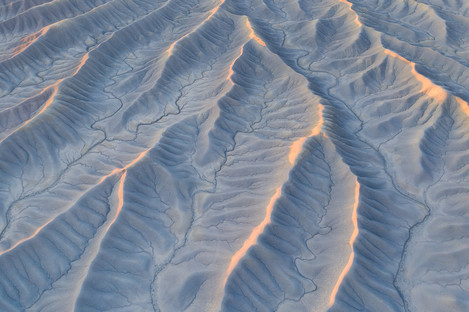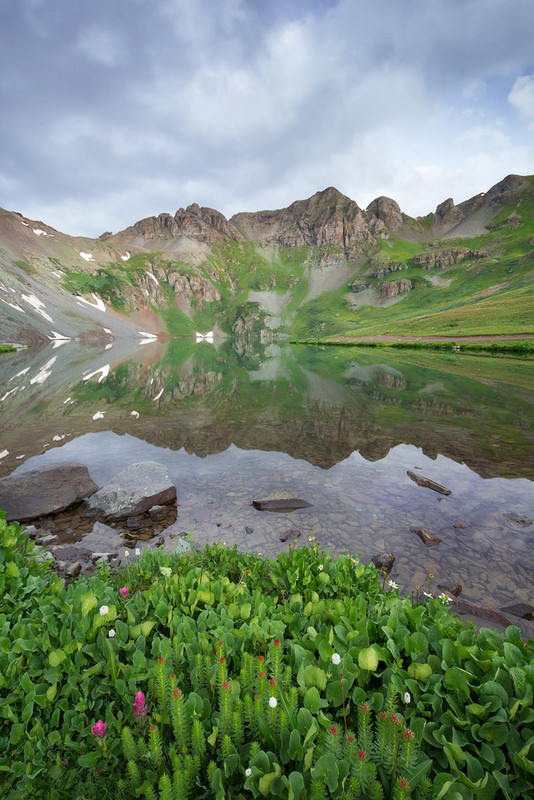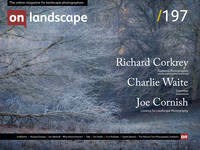The Nature First Photography Initiative

Sarah Marino
Sarah Marino is a nature photographer, photography educator, and writer who splits her time between a home base in rural southwestern Colorado and living a nomadic life in an Airstream trailer. In addition to photographing grand landscapes, Sarah is best known for her photographs of a diverse range of smaller subjects including intimate landscapes, abstract renditions of natural subjects, and creative portraits of plants and trees.
On Landscape’s Issue 180 features an intimate meditation from Joe Cornish on environmentalism, photography, and responsibility. Joe’s article ends with a request for readers to share how nature photographers might be able to “help the causes of the landscape, ecosystems, and the wild world” through collective action and individual behaviour change.
As Joe’s article makes clear, the issues affecting the wild places we photograph and our planet more generally are incredibly complex. Considering this big picture can feel overwhelming, distressing, hopeless, and paralysing. Yet, even in the face of such complexity, it is possible for individual nature photographers and small communities of like-minded people to make a positive impact, especially in targeted ways. This article is about one such effort, the Nature First Initiative and it's 7 Principles to help reduce the individual and collective impact of nature photography on wild places.

When using a drone, it is important to check and obey local regulations. Responsible drone pilots fly only in permitted areas, stay well away from wildlife, and respect the desire of other recreationists to experience peace and quiet.
Our Field, Quickly Transformed
Historically, nature photography has been a force for good. Conservation photographers have played a direct role in the preservation of ecologically sensitive landscapes and the protection of endangered species.
However, as anyone who has been a photographer for more than five years can clearly see, nature photography has undergone a dramatic transformation with the rise of platforms like Instagram, instant access to detailed location information, and technological advancements that make photo-taking much easier. Some of these developments are positive, like enhanced camera technology that opens up creative avenues by reducing technical barriers. Additionally, because information has been democratised, nature is more accessible to a broader range of people.
Unlike many nature photographers, I did not grow up hiking, backpacking, and camping. Instead, I found much of my initial inspiration to get outside in the early online travel and hiking journals of Colorado bloggers. These trip reports and online communities helped lead me to nature photography and without them, I probably would not have started pursuing photography more seriously. Thus, a conundrum: I am immensely grateful for others who have shared inspirational, motivational, and helpful information online. Conversely, this same information is leading to the ruination of special places and the very experience many of us go outside to find in the first place.

This summer, I watched a pair of photographers trudge through these fields of wildflowers with no regard for their impact. In a place like this, careful steps are essential for preserving the flowers, especially as visitor numbers increase even in remote places like this.
One of my more memorable early photography experiences was hiking to four remote slot canyons in Grand Staircase-Escalante National Monument in Utah. To find the canyons, we started with a tattered guidebook with a vague reference to the area along with sketchy GPS coordinates that proved to be somewhat inaccurate. With a lot of route-finding and exploration, we eventually found all four of the canyons we set out to visit and didn’t see a single other person over a few days. Now, one of these canyons is listed as the top “thing to do” for the area on Trip Advisor. In less than a decade, a truly hidden and difficult to access location is now a top tourist attraction.

